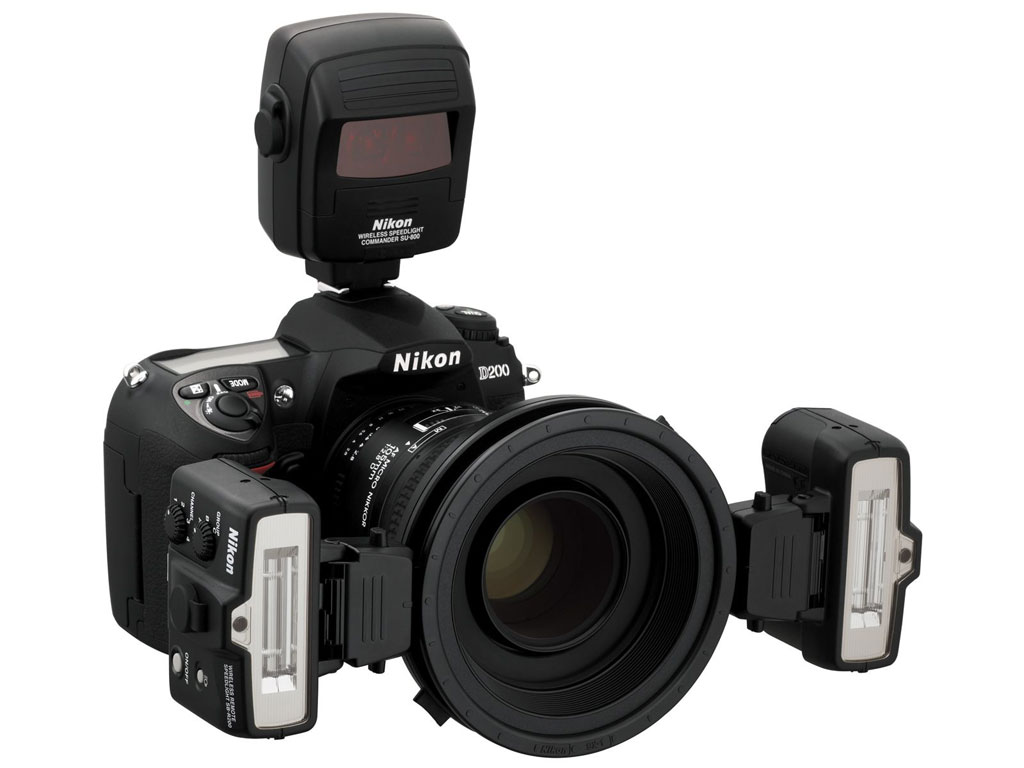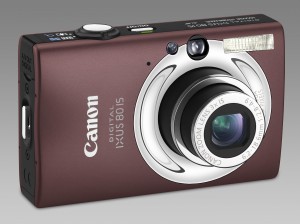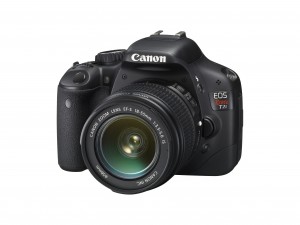
Digital cameras flash units come in many shapes and sizes. Low end digital cameras include low energy built in flash units. High end digital SLR cameras can support sophisticated external flash units which can provide superior lighting in difficult scenarios. Here are some basic facts about flash units both built in and external.
Flash units came a long way since their early days. Back then flash units were using powder that was lit by electrical current and literally “blew up” to produce the light energy. Using these flash units was a risky business. It was also difficult as the flash units were not automatically synchronized to the camera’s shutter. The photographer had to make sure that the flash goes off at the exact right time synchronized with the shooting of the photo.
Nowadays flash units are sophisticated technology devices. They use an electronic flash tube that is automatically synchronized to the camera. The photographer merely needs to do nothing. New digital cameras can decide on their own if the flash is needed, they can set its intensity and other parameters and they can fire the flash at the exact right time when the shutter is opened. All this is done automatically in the background. Digital camera also provide the user with the ability to manually control the flash, force it to either fire or not to fire, set its intensity and more.
Flash units are divided into two categories: Internal built-in flash units or external flash units. Internal flash units are built into the camera. Almost all digital cameras include such a unit and allow the user some control over it through the camera’s menus and buttons. External flash units are attached to the camera’s body through a dedicated slide-in slot or by using an electrical cable. Not all digital cameras support external flash units. Usually the lower end pocket cameras do not allow external flash units while all high end digital SLR cameras do allow such external flash units. External flash units can vary a lot. They can have different light energy levels that they can emit and different mechanical characteristics. Some external flash units also include smart sensors to measure ambient light, distance and other optical parameters in order to optimize the flash effect.
Digital cameras can use their flash units in automatic or in manual mode. In automatic mode the camera measures ambient light and fires the flash when not enough ambient light is available. Sometimes the camera will make the wrong decision as to using the flash and will either fire or not fire the flash when the opposite was needed. Setting the flash intensity is important too. If the flash unit fires too much light energy on objects that are too close to the camera the digital photo will be washed out. On the other hand if the flash unit fires a small amount of light energy on an object that is farther away from the digital camera the digital photo will be a too dark.
Flash units have limitations too. They can not light any scene and any object at any distance from the camera. It is important to know your flash unit limitations. For example check what the maximum light energy that it can emit is and what the farthest that an object can be effectively lit from. This is also known as the effective flash range. If the object is out of the effective flash range it is actually better to turn off the flash altogether and use a tripod with a longer exposure. Sometimes it is useful to use the flash even if there is enough ambient light. In such cases you can manually force the camera to fire the flash. This is also known as fill-in flash as it is usually used to fill-in shadowed areas on objects in the digital photo.






